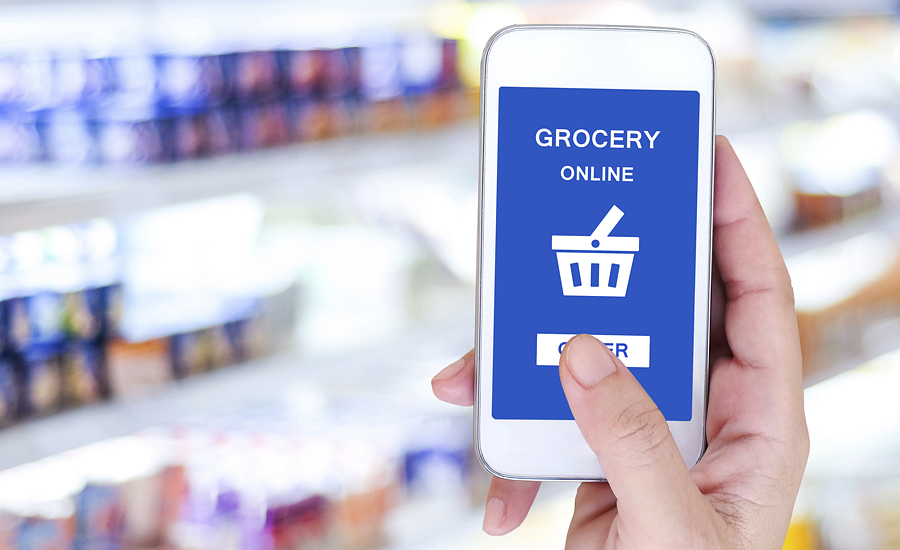Report: Traditional grocery channel still commands largest share of sales
However, that share is shrinking, as traditional grocery continues to lose share to non-traditional grocery channels.

Inmar Analytics, Winston-Salem, N.C., released Inmar Analytics 2019 Future of Food Retailing Report, which provides a detailed look into the food retailing industry to identify and quantify market dynamics, trends and behaviors. Additionally, the report recaps the previous year’s activities and provides projections for the next five years in terms of dollar share and store count across numerous channels and formats.
The traditional grocery channel still commands the largest share of sales generated from grocery and consumable products at 44%. However, that share is shrinking, as traditional grocery continues to lose share to non-traditional grocery channels. Since 1988, traditional grocery has lost over half of its market share (down to 44% from 90%). Additionally, the volume of e-commerce sales at traditional retailers continued to rise, as well among formats in the non-traditional channel. In fact, e-commerce sales for food and consumables totaled $58 billion in 2018, an increase of 21.7% over 2017.
“Established CPG brands and grocery retailers need to embrace new strategies for driving growth in a marketplace where sales volume and profit are suffering continuous contraction, with an increased focus on innovation,” says Jim Hertel, senior vice president. “There are no shortages when it comes to innovative products—from plant-based protein to non-milk to clean meat to CBD oil-infused, the ongoing proliferation of ‘alternative’ offerings would appear to promise real opportunity for successfully activating a shopper base that is seriously committed to dietary improvement involving sustainability and responsible sourcing. The first step toward successful innovation is determining which trends are here to stay through accessing existing data; mining and modeling that data for actionable insights is the second.”
Key findings from the report include:
Traditional grocery. Sales for the traditional grocery channel fell 1.1% to $547.6 billion in 2018. Market share for this channel declined to 43.8% of overall grocery sales, representing a 1.7% decrease from 2017.
Convenience stores. Convenience stores experienced sales gain of 2.2% to $201.7 billion despite a slight decrease in number of stores (1.1%). Market share for the format remained flat at 16.1%, and food accounted for roughly two-thirds of convenience store sales.
Non-traditional grocery. Sales in the non-traditional grocery channel increased 1.9% to $500.6 billion. The top-performing formats in this channel for 2018 were dollar store and wholesale club, with sales gains of 5.7% and 3.3%, respectively. However, drug stores experienced a significant sales decline of 6% in food and consumables.
E-commerce. E-commerce sales for food and consumables totaled $58 billion in 2018, an increase of 21.7% over 2017. The volume of e-commerce sales at traditional retailers continued to rise as well; however, Amazon continued to dominate the space for year-over-year food and consumables sales, increasing 23.5% in 2018, totaling $21.1 billion for the year.
Looking for a reprint of this article?
From high-res PDFs to custom plaques, order your copy today!





